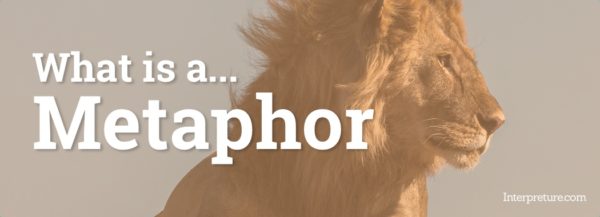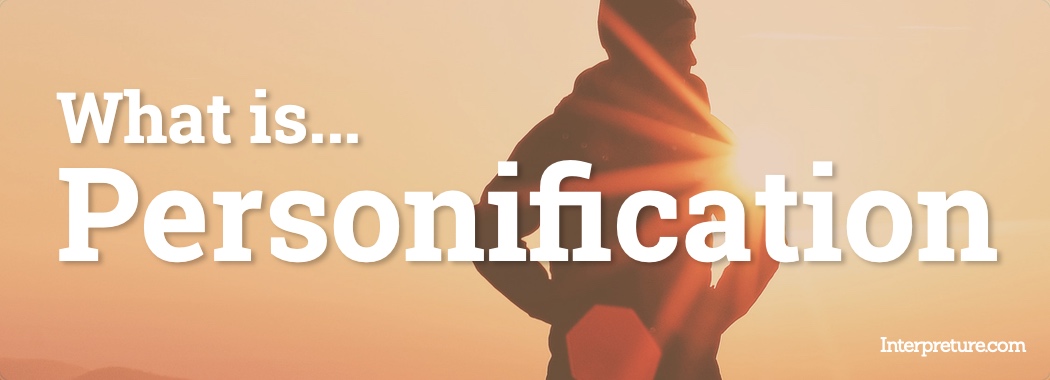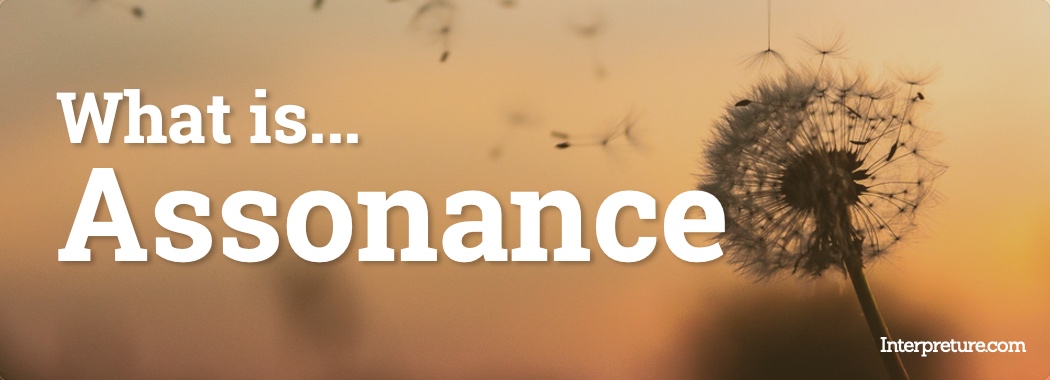A metaphor is a figure of speech in which a description is applied to something, typically in a way that would not be expected, or by switching a standard description with something more unusual. This technique is usually achieved by saying one thing is something else.
Metaphors are commonly confused with similes. A metaphor is definite in describing that something “is” whereas a simile is less definite, using words such as “like” or as” in a comparison.
Additional types of Metaphors
Extended Metaphor
This type of metaphor is one that continues throughout multiple lines or sentences by relating to one starting point or central idea. The original idea acts as an overarching ‘umbrella’ to form further connections, spanning several lines or an entire poem. For example, if lights were to be described as stars in various ways and over several lines, this would be an extended metaphor – and the idea of space acting as the ‘umbrella’.
Allegory
An allegory is a variant of an extended metaphor in which objects, persons, and actions have another meaning; normally relating to a real world problem. They have been frequently used throughout history to help explain complex ideas and concepts in more understandable terms.
Trope
A trope is used as a term to describe a figure of speech, which shifts a literal (actual) meaning to one that is figurative or imaginative. This term can be used to describe metaphors but also other types of figurative language.
Why use a Metaphor?
- Meaning: Metaphors are useful at emphasising meaning, and their figurative nature makes them particularly effective at communicating experiences or emotions that may otherwise be difficult to explain, for example a character’s unbelievable ability or a unique experience.
- Creativity: The use of a metaphor as a literary device is highly creative because there’s practically no end to the possibilities available to a writer. Whole poems, ideas or literary works can be built around just one extended metaphor.
- Structure: Using a metaphor can be an effective way at helping to structure a piece of work. For example, it could act as a simple way to communicate a complex idea, therefore helping to reduce length. Alternatively, an extended metaphor could act as a ‘break’ to change the pace and rhythm.
Examples of Metaphors
Edna St. Vincent Millay uses an extended metaphor in ‘I, being born a woman‘ (Love Poetry Through the Ages) to help explore a complex concept and communicate meaning.
Using the idea of a ‘clouding of the mind’ throughout the poem, this extended metaphor is very effective at communicating the thoughts of the narrator, and how they cause confusion against societal expectations of women at the time.
To clarify the pulse and cloud the mind
Various metaphors and metaphorical ideas are used by Sinéad Morrissey in ‘Genetics‘ (Poems of the Decade) as a creative way to structure the poem and communicate meaning.
The poem considers relationship breakdowns and the impact on children, but also how the child acts as a permanent union between two parents. As such, metaphors are used to help demonstrate the ‘definite’ linking of both a mother and father in one person. There are also subtle shifts in the repeated metaphors as the poem goes on, such as switching from “in my” to “by my” which demonstrates how metaphors can act as effective transition points.
My father’s in my fingers, but my mother’s in my palms.
Metaphors are widely used in our everyday language, even in common sayings. Here are some further examples of common metaphors:
The world’s a stage
He was a lion in battle
Drowning in debt
A sea of troubles




